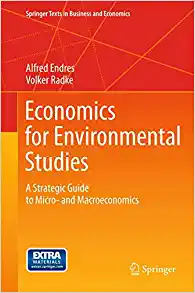Question
n FY2011, consumption based inequality was lower than income based inequality. The poorest quintile group had 7.6% (8.3%) of its share in total consumption compared
n FY2011, consumption based inequality was lower than income based inequality. The poorest quintile group had 7.6% (8.3%) of its share in total consumption compared to 45.1% (41.5%) ( of the richest quintile group's share in total consumption. On the other hand, the poorest quintile group only had a meager 4.1% of its share in total income compared to a whopping 56.2% of the richest quintile group's share in total income. Similarly, gaps in per capita consumption amongst the second, third and fourth poorest quintile group were also lower than the gaps in per capita income amongst groups of the same category, demonstrating a lower consumption based inequality compared to an income based inequality. Also, up to the third quintile group from the bottom, the level of per capita consumption was higher than their income. Accordingly, in FY2011, around 60% of the lowest quintile groups consumed around 33.8% share of total consumption as against only 24.1% share of total income. This indicates a tendency towards either a debt based or remittance based consumption led pro poor growth. On the other hand, 4 the per capita consumption of the top two quintile groups was lower than the per capita income of the groups of the same category. Thus, in FY2011, around 20% of the highest quintile groups in Nepal consumed around 66.30% of total consumption as against 75.9% of income, signifying a higher rate of savings amongst the richer groups than amongst the poorer groups.
Confirm the underlined statement by giving detailed qualitative or quantitative analysis.
Use the data provided in this study: https://www.adb.org/sites/default/files/linked-documents/cps-nep-2013-2017-pa-detailed.pdf
Step by Step Solution
There are 3 Steps involved in it
Step: 1

Get Instant Access to Expert-Tailored Solutions
See step-by-step solutions with expert insights and AI powered tools for academic success
Step: 2

Step: 3

Ace Your Homework with AI
Get the answers you need in no time with our AI-driven, step-by-step assistance
Get Started


